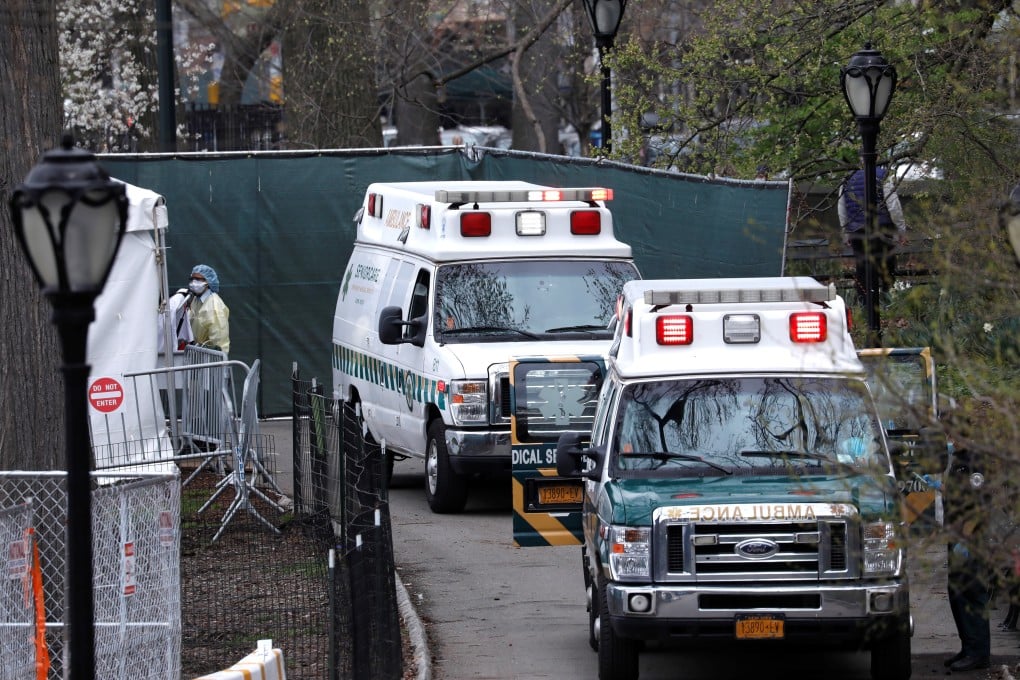US coronavirus deaths may be lower than feared, new data suggests
- Experts at University of Washington estimate around 60,000 fatalities by August 4, lower than White House projections of 100,000 to 240,000
- New figure takes into account effects of social distancing in Italy, New York and California

Public health experts say information about the spread of the novel coronavirus through Texas and Florida in the next few days could be crucial in predicting how many Americans are likely to die from the pandemic.
The apparent effects of social distancing in three major hotspots – Italy, New York and California – have given scientists hope that the US death toll could be lower than White House projections of 100,000 to 240,000, which were based on a combination of models that administration officials have not fully explained.
The Institute for Health Metrics and Evaluation at the University of Washington, which last week projected more than 90,000 American deaths from Covid-19, the disease caused by the coronavirus, lowered its estimate on Wednesday to 60,415 deaths in the period until August 4.
“All of the available information strongly suggests that social distancing policies are making a big difference,” said Dr. Greg Roth, a clinical adviser to the team running the model at the University of Washington, one of the most prominent sources of disease data.

“We’ve seen the shape of the death curve in places like New York and Italy sharpen to a much sharper peak.”
But social distancing directives came late in Texas, Florida and some other Southern states, where hospitals also have less capacity. Big spikes in those states, especially if they occur at the same time, could push death numbers higher if hospitals are overwhelmed and if older and more vulnerable patients, particularly in Florida, account for high numbers of cases.